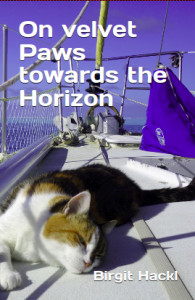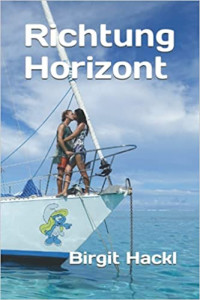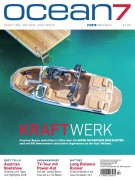In the past two weeks the weather has shown once more that the Gambier are just the most pleasant place during the cyclone season. A convergence zone has been sitting west of us, bringing lows with nasty weather to the Cooks, the Societies, the Australs and even the Tuamotus. While the poor people there sit in strong winds and pouring rain we’ve had perfect summer weather here.
We’ve used this calm period with blue skies, light breezes and almost no swell to explore a corner of the Gambier archipelago that we’ve never managed to visit before: the islets Kamaka, Makaroa and Manui in the southern part of the lagoon. As the barrier reef is submerged in the South the swell that comes up from the South each time a low passes by in the roaring 40s and screaming 50s makes it almost unhindered into the lagoon. Therefore landing on these black, volcanic islets is only possible during really calm periods.
On the way South we anchored off Makaroa and went diving on the pristine reef in crystal clear waters. Later on we spent two days anchored in front of the only sandy beach in the area on the biggest of the islets, Kamaka, and took the dinghy over to Manui for another beautiful dive. Our friends on SY Pakia Tea are marine biologists and dive masters, so it was great to go diving together with them and hear their opinion of the coral here, that seem to be weakened by recent El Nino periods, but still in comparatively good shape.
All three islets are uninhabited (the owner of Kamaka, who lived there has died recently and the other two islets are too rugged to attract settlers) and there have recently been efforts to get rid of rats and goats to make them more attractive as nesting colonies again. We were really happy to see white terns, noddies, tropic birds, frigate birds, herons, but also red-footed and even brown boobies roosting on the rocks and shrubs. In the evenings when the birds come home and settle down for the night the jungle sounds of so many species sounded over to the anchorage. It’s simply wonderful to find such a wilderness just a few miles from the main town Rikitea 
![]()








